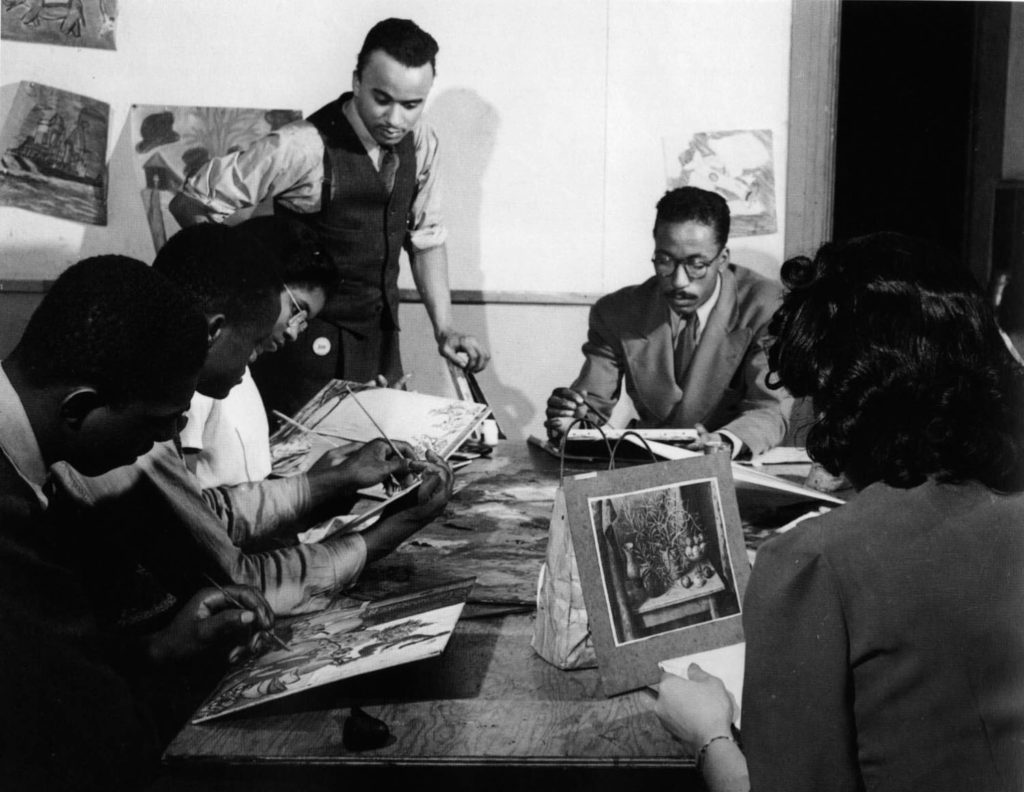The South Side Community Art Center is fueled by and dedicated to community. There are many ways to get involved with the center, and we welcome all to immerse themselves in our rich history and exciting present.
Donate
Help us engage, educate and connect more lives to the legacy and future of SSCAC.
Become a member
Help us engage, educate and connect more lives to the legacy and future of SSCAC.
Volunteer
Help us engage, educate and connect more lives to the legacy and future of SSCAC.

What will your legacy be?
Excerpt, Poem by Dr. Margaret Taylor-Burroughs
Yes, I want to know, what will your legacy be? This is a question that I would like to put to each and every one of you.
What will your legacy be?
When you have finally cast off these mortal coils?
When you have crossed the great divide?
What will your legacy be?
When you can no longer run life’s race.
When you no longer have a place; when you have at last completed the circle round and when an escape is no longer to be found.
What will your legacy be?
When you walk into the unknown all by yourself and alone,
What will your legacy be?
Stop for a moment and listen to me and answer this question if you can.
What will your legacy be?
When you must cross that great divide into an area from which none can hide. When you, alone, with no one by your side with no friend to lead you or to hold your hand?
What will your legacy be?
What deeds have you done in your lifetime which will be left for you to be remembered by?


